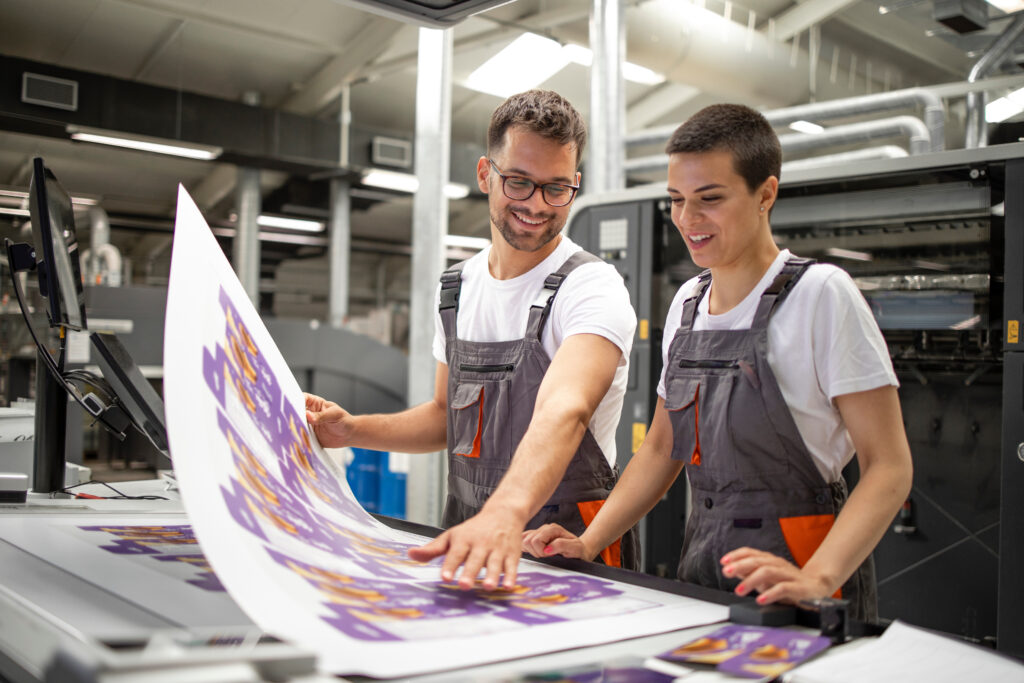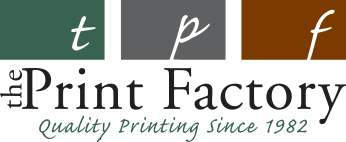
You may have encountered the terms “digital printing” and offset printing,” but do you know what they mean? If you’re not a professional printer, you probably don’t, and that’s okay! Our NH printing experts at The Print Factory are here to explain the differences between these printing techniques.
Join our NH printing experts as we explain the differences between digital and offset printing.
Digital Printing: Speed and Ease
Digital printing entered the commercial printing world around 2001. While that is over two decades ago, it’s still a relatively new technology in the world of printing. After all, the printing press was invented over 550 years ago! Digital printing has made a significant impact on the printing industry due to a few key advantages. First, digital printing does not require expensive metal plates. Printers can print directly from digital files, allowing them to complete even high-volume orders within a matter of hours. Digital files are also easy to manipulate, so printers can quickly produce variations on the original image, such as changes to the text or colors.
Offset Printing Still Has Advantages
While digital printing offers numerous advantages, offset printing remains a significant presence in the industry. Offset printing provides greater control over color, resulting in a higher-quality final product. Another advantage of offset printers is that they allow for higher DPI (dots per inch), resulting in crisper, sharper images. Offset printers can also use larger sheets of paper because they are not limited by the size of the paper trays, unlike digital printers.
Additionally, with offset printing, you can select spot colors, which provide better color coverage, particularly in solid areas. With digital printing, you can sometimes get streaks or tone variations that you do not get with offset printing. Offset printers also use liquid inks, which are absorbed into the paper, so on folded jobs, the ink won’t crack. Smaller jobs are more cost-effective on a digital printer, but when it comes to quality, offset printing remains a strong competitor.
High-Quality Printing in NH | The Print Factory
No matter the size or scope of your print job, you’ll always get high-quality printing from The Print Factory. Our team will explain all your options to give you the best results for your needs and budget.
